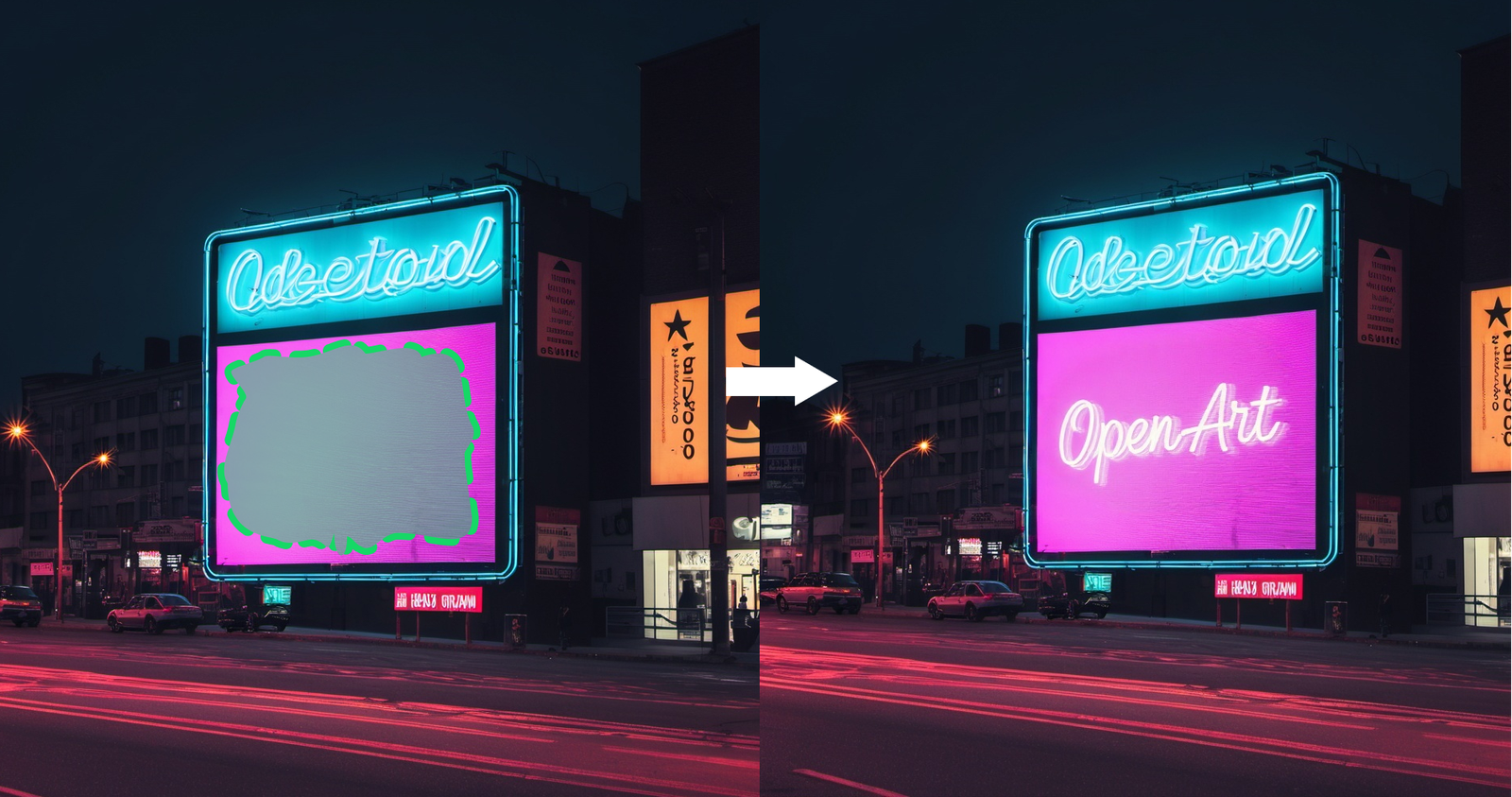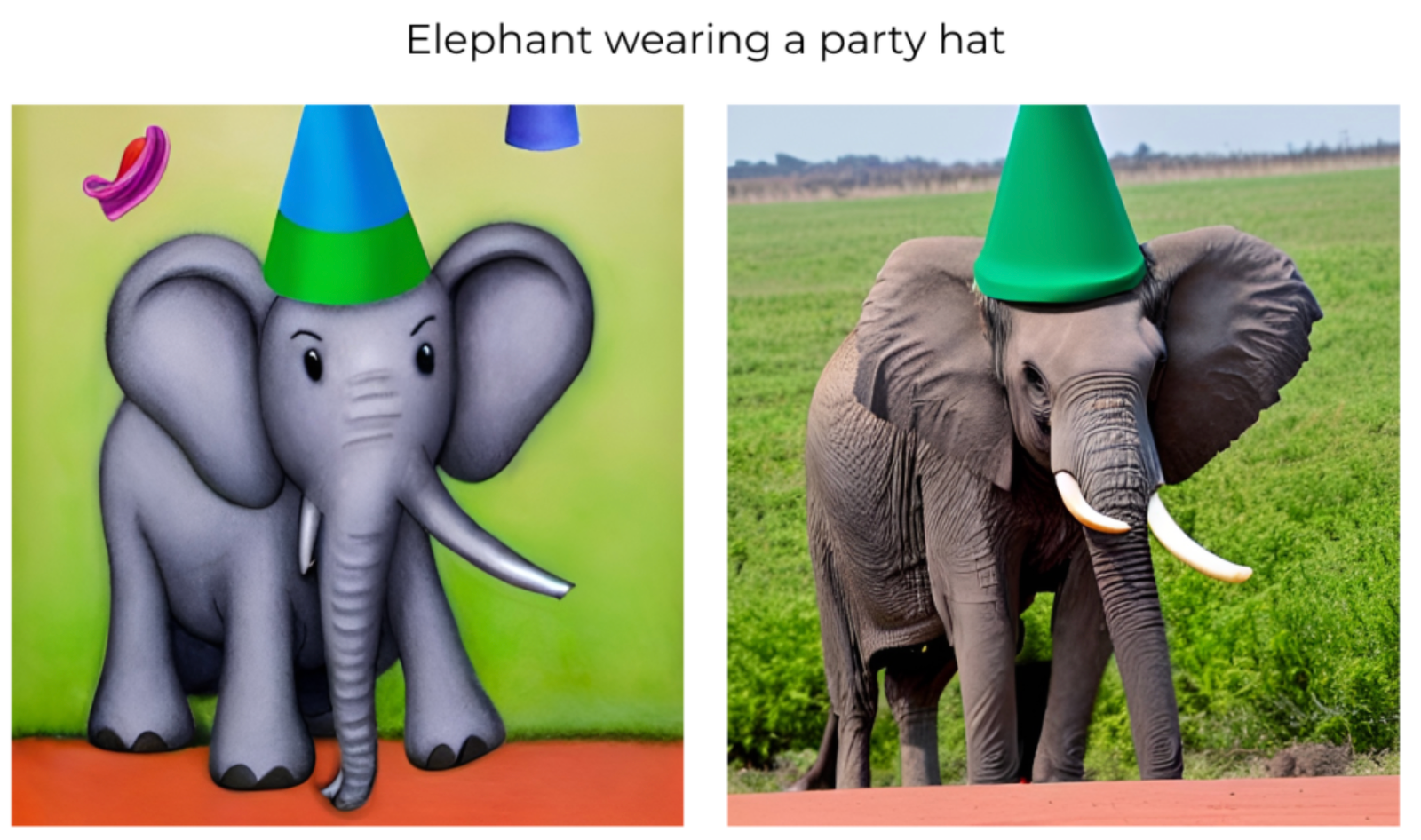OpenArt is an innovative AI-powered art platform designed for both amateur and professional artists, enabling users to create, manipulate, and edit images through advanced artificial intelligence technologies. Here’s a detailed overview of its features and functionalities.
Overview of OpenArt
OpenArt utilizes Stable Diffusion AI and other generative models to transform user inputs—ranging from text descriptions to sketches—into stunning visual artworks. The platform aims to democratize art creation, making it accessible to everyone, regardless of traditional artistic skills. Founded by Coco Mao
and John Qiao (a team of ex-Googlers in San Francisco), OpenArt has rapidly evolved into a comprehensive tool for artistic expression and creativity.
Key Features
1. Image Generation and Manipulation
- Text-to-Image Generation: Users can input descriptive text, and OpenArt generates corresponding artwork. This feature allows for a wide range of styles, including photorealistic images, anime, and oil paintings.
- Sketch to Image: Users can upload sketches or wireframes, which the platform then transforms into detailed 3D renderings or refined images 1.
2. Customization Options
OpenArt offers extensive customization capabilities:
- Users can adjust various settings such as color themes, styles, and creative parameters to fine-tune their artwork.
- The platform supports dynamic effects like stable diffusion, enhancing the fluidity and depth of generated images.
3. Community Engagement
OpenArt fosters a vibrant community through platforms like Discord, where users can share ideas, collaborate on projects, and receive feedback from peers. This community aspect encourages learning and growth among artists.
4. Educational Resources
To support users in maximizing their creative potential, OpenArt provides resources such as tutorials and guides on prompt engineering and model training. These materials help users understand the intricacies of AI-driven art creation.
5. Versatile Artistic Styles
The platform boasts a vast array of artistic styles that cater to diverse preferences—from traditional painting techniques to modern digital aesthetics—allowing users to explore their creativity without limitations.
Conclusion
OpenArt stands out in the realm of AI art generation by combining user-friendly interfaces with powerful algorithms that cater to both novice creators and seasoned artists. Its emphasis on community engagement, customization options, and educational resources makes it a valuable tool for anyone looking to explore the intersection of technology and art.
Read more abbot Open Art in our Blog.


